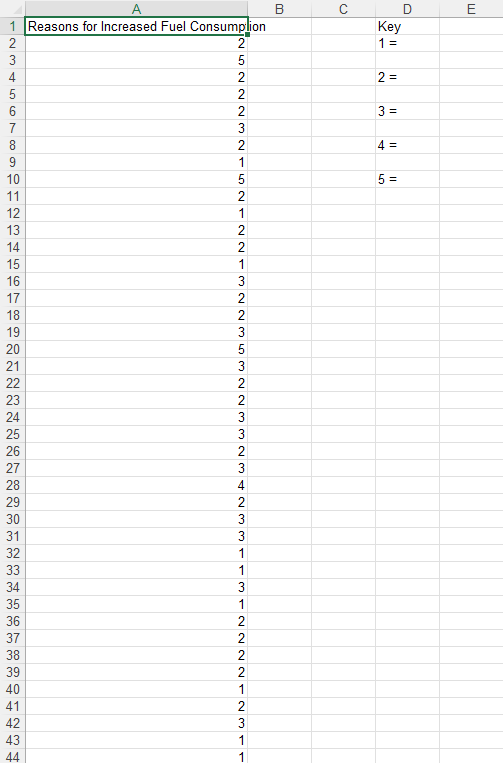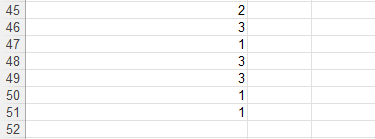Question
Workshop 5: Cause-and-Effect Diagrams & Pareto Charts The tools practiced in this workshop are: 5 whys/why-why analysis Cause-and-effect diagrams Pareto charts Situation: Because of where
Workshop 5: Cause-and-Effect Diagrams & Pareto Charts
The tools practiced in this workshop are:
- 5 whys/why-why analysis
- Cause-and-effect diagrams
- Pareto charts
Situation:
Because of where you live you are dependent upon your vehicle to get to work, school, shopping, recreation and most other things you do outside of your home. Over the past few months, you have noticed that your budget for gasoline has been steadily increasing. In the Analyze phase of your Lean Six Sigma project, you decide to investigate potential causes for "why your fuel consumption is increasing." To do this, you plan to use 5 whys/why-why analysis in conjunction with a cause-and-effect diagram. Then, you will collect data about the most significant potential causes of your problem and create a Pareto chart to determine the leading cause of this problem.
Instructions:
Use information from your training manual in Analyze Phase - Lessons 7-10 to assist you with the activities that follow. Be sure to follow the "best practices" for each tool you use in this workshop.
After completing your cause-and-effect diagram, reflect on all the items listed and select what you believe are the top five potential causes increased fuel consumption (these can be causes, sub-causes, and/or sub-sub-causes). Please label these with the numbers 1-5, where "1" represents what you believe is the leading cause of the problem. Then, obtain the file Pareto Chart Workshop Data.xls from Blackboard. This file is meant to simulate the process of you collecting data about the top 5 causes of your problem. Pretend the data in this file was collected from your observations and records. The data in this file are already "coded" for you, so all you need to do is fill-in the "key" (based on the items you labeled 1-5 in your cause-and-effect diagram) so you will know what each number represents. You can then generate your Pareto chart using this data in Microsoft Excel. If you are assigned to a group in the course, use the spreadsheet tab for your specific group. If you are not assigned to a group, use data for a group based on the following (for this Workshop only):
Group A - Last name begins with A-D
Group B - Last name begins with E-H
Group C - Last name begins with I-L
Group D - Last name begins with M-P
Group E - Last name begins with Q-T
Group F - Last name begins with U-Z
(see Activities on next page)
Activities:
1. Generate a cause-and-effect diagram (using 5 whys/why-why analysis) that organizes potential causes for why your fuel costs are increasing:
2. Generate a Pareto chart that depicts the causes for fuel costs increasing:
3. Based on the Pareto chart you created for Activity #2 of this Workshop, what cause of the problem should you address first in your Lean Six Sigma project and why?
4. Did the results of your Pareto chart surprise you (i.e., was the order of the actual top 5 causes of the problem shown in your Pareto chart different than what you had originally identified in your cause-and-effect diagram)? What does this illustrate about the importance of collecting data about a problem versus using only instinct/intuition?


Step by Step Solution
There are 3 Steps involved in it
Step: 1

Get Instant Access to Expert-Tailored Solutions
See step-by-step solutions with expert insights and AI powered tools for academic success
Step: 2

Step: 3

Ace Your Homework with AI
Get the answers you need in no time with our AI-driven, step-by-step assistance
Get Started


